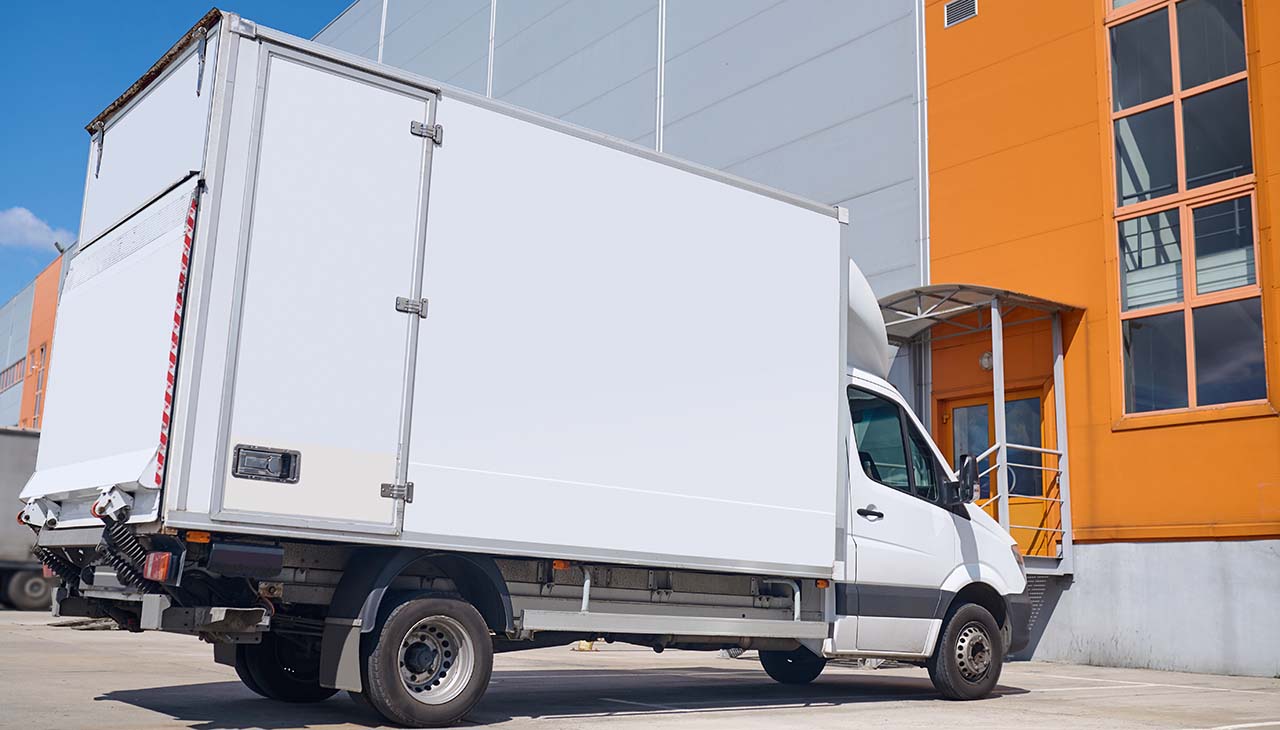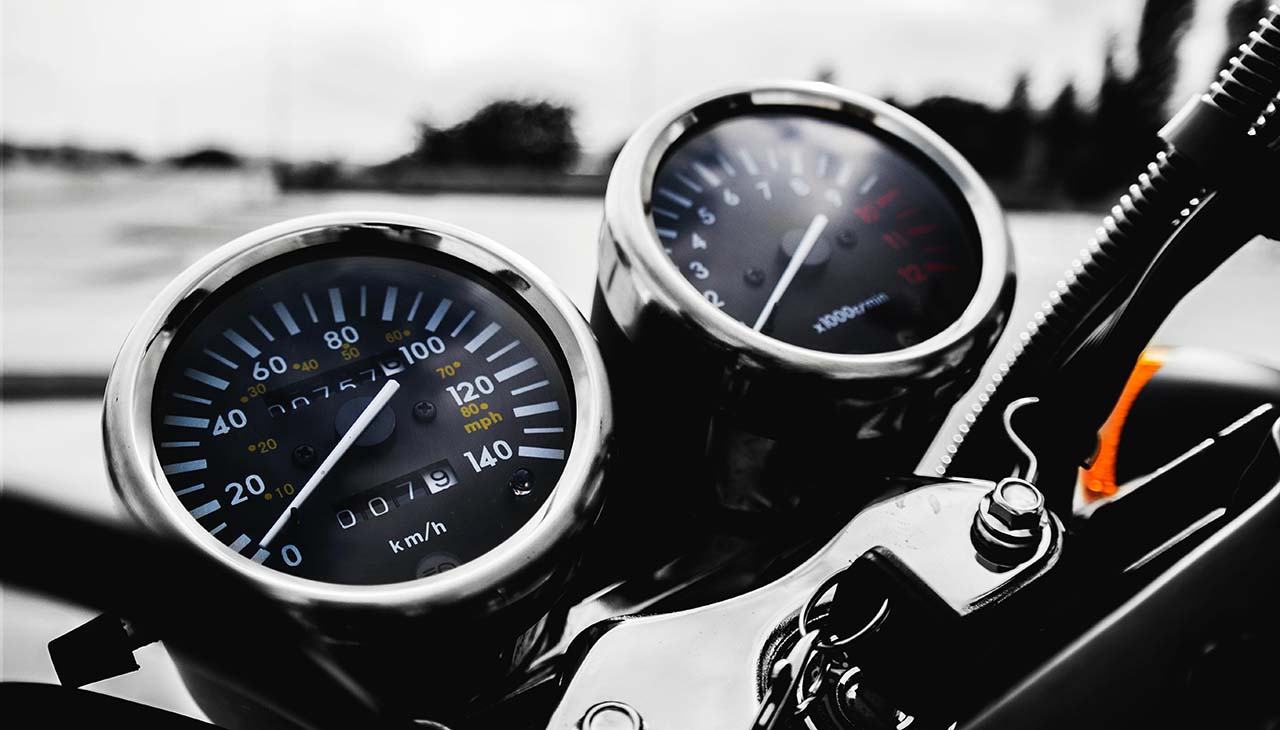
Buying a used truck can be a smart investment, offering the functionality of a new vehicle at a significantly reduced price. However, it’s essential to approach the process with a discerning eye. This guide will provide you with the necessary tools to make an informed decision, covering key topics such as understanding truck classifications, inspecting vehicle condition, and negotiating a fair price. Our goal is to help you navigate the complexities of the used truck market, ensuring that your purchase meets your needs and budget.
Researching and Preparing
Determine Your Needs and Budget
Before diving into the used truck market, it’s crucial to first identify your specific needs and set a realistic budget. The nature of your work, the frequency of truck usage, and the amount you’re willing to invest should all influence your decision-making process.
Research Different Truck Models and Brands
Once you’ve identified your needs and budget, start researching different truck models and brands. Look for information on reliability, performance, fuel efficiency, and maintenance costs. Websites, forums, and reviews can all provide valuable insight into the practical experiences of other truck owners.
Consider the Truck’s Purpose and Usage
Next, think about how you’ll be using the truck. If the truck will be used for heavy towing or off-roading, you’ll need a robust model with a powerful engine and durable suspension. On the other hand, if the truck is primarily for commuting or light-duty work, a model with good fuel efficiency may be more appropriate.
Settle on Specific Features and Specifications
Finally, make a list of the specific features and specifications that are important to you. This could include the size of the truck bed, the towing capacity, 4-wheel drive, cabin size, or specific technology features like a backup camera or Bluetooth connectivity. Knowing what you want can help you narrow down your options and make a more informed decision.
Inspecting the Truck
Check the Exterior for Any Damages or Signs of Repair
Begin with a thorough inspection of the truck’s exterior. Look for any signs of rust, dents, scratches, or mismatched paint, which could indicate past accidents or repairs. Don’t forget to inspect the undercarriage for signs of severe rust or damage as well.
Inspect the Interior for Wear and Tear
Next, take a look at the truck’s interior. Check the condition of the upholstery for any tears or stains. Inspect the dashboard for any warning lights. Remember to test all electronic features like windows, lights, and sound systems to ensure they’re functioning correctly.
Test Drive the Truck to Gauge Its Performance
A test drive is a critical step in the buying process. It allows you to assess the truck’s handling, braking, acceleration, and overall comfort. Pay attention to any unusual noises or vibrations, as these could hint at potential mechanical issues.
Review the Maintenance History and Vehicle Records
Always ask for the truck’s maintenance history and vehicle records. These documents can give you a good idea of how well the truck has been taken care of, and they may reveal any past problems or repairs.
Get a Professional Inspection if Possible
If possible, have the truck inspected by a professional mechanic. They can help identify any hidden issues or potential problems that you might have missed during your own inspection. Remember, spending a little money now on a professional inspection could save you a lot in the future.
Evaluating the Condition
Assess the Mileage and Age of the Truck
It’s essential to take the truck’s mileage and age into consideration. A lower mileage truck may last longer, but remember that a well-maintained truck with high mileage can also be a good purchase. The truck’s age can give you insight into its potential lifespan and likelihood of requiring major repairs soon.
Look for Any Signs of Rust or Corrosion
Rust and corrosion can be a sign of significant, sometimes irreparable damage. Check the truck body, undercarriage, and engine compartment for any signs of rust. If you find rust, evaluate its severity and how it may impact the truck’s integrity and safety.
Check the Tires, Brakes, and Suspension System
Inspect the tires for any signs of uneven wear, which could indicate alignment or suspension issues. Test the brakes during your test drive to ensure they respond properly and don’t make any unusual noises. Check the suspension system for leaks or damage, and notice if the truck rides smoothly during the test drive.
Examine the Engine, Transmission, and Drivetrain
Lastly, perform a thorough examination of the engine, transmission, and drivetrain. Check for leaks, listen for unusual noises, and observe the exhaust smoke when the truck is running. If you’re unfamiliar with these components, consider getting a professional mechanic to perform this inspection. Their expertise can save you from buying a truck with serious mechanical issues.
Understanding the Vehicle’s History
Request the Vehicle’s History Report
When buying a used truck, obtaining a vehicle history report is essential. This report provides detailed information about the truck’s past, including previous ownership, registration history, accident reports, and any history of flood or fire damage. To get this report, you’ll need the truck’s Vehicle Identification Number (VIN).
Verify the Title Status
Make sure the truck has a clean title, meaning it’s free from any liens and isn’t branded as salvaged or rebuilt. A salvaged or rebuilt title indicates that the truck has suffered significant damage in the past.
Check for Recalls
Investigate whether the truck has been subject to any recalls. Check if the necessary repairs were made. You can usually find this information on the manufacturer’s website or on government vehicle safety sites.
Gauge the Truck’s Usage
A truck used for regular commuting will have different wear and tear compared to a work truck or one used for towing. Try to get a sense of how the truck was used in the past to gauge its condition.
Remember, understanding the truck’s history can help you make an informed decision and avoid potential headaches down the road.





